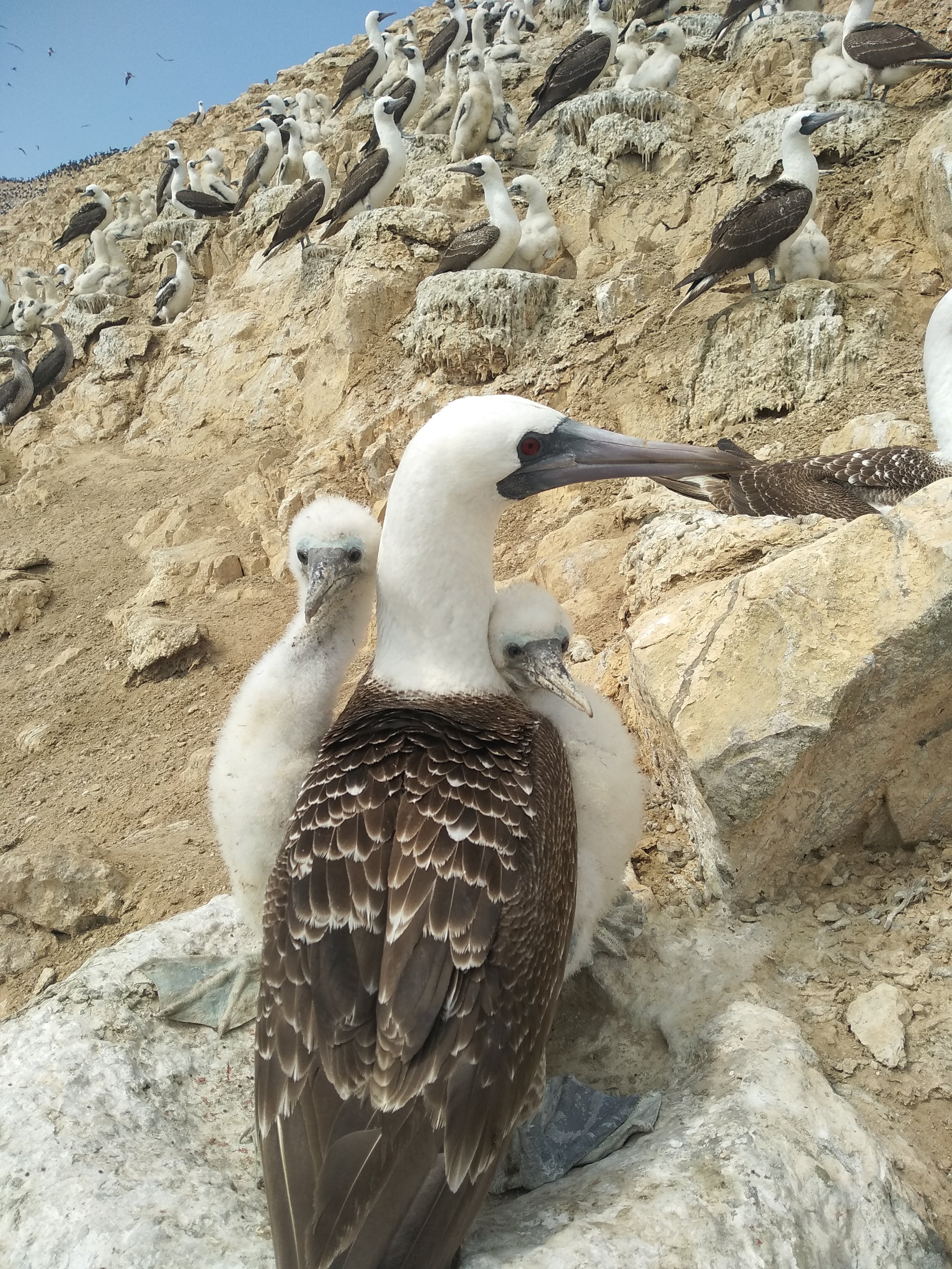What we study










General Scopes.
PREDATORS AS INDICATORS FOR ECOSYSTEM HEALTH & ENVIRONMENTAL CHANGE
The impacts of climate warming are greatest in the Arctic. As the Earth warms, some Arctic biodiversity will be squeezed out. Top predators provide unique opportunities to assess changing ecosystems because they integrate information over many scales. As food for Northerners, they also provide early warning signals for human health. What does the changing ecology of Arctic wildlife tell us about ecosystems? How does reduced ice cover and increased pollution affect wildlife? I investigate these questions with the goal of better understanding the challenges associated with a changing Arctic so as to inform the environmental security of Northern communities.
I am involved in several long-term (30+ year) studies that use seabirds to monitoring the North. Tony Gaston established a long-term monitoring site in Hudson Bay (Coats Island) and Scott Hatch established a long-term monitoring site in Alaska (Middleton Island). Alongside collaborators in Alaska, France and Canada, I am monitoring the demographic, physiological and behavioural responses of these predators as a signal of ecosystem health. Alongside Birgit Braune (Environment Climate Change Canada), I am particularly interested in what pollution levels measured in these seabirds tell us about pollution trends in the Arctic.
SPATIAL DISTRIBUTION OF SEABIRDS
In collaboration with Grant Gilchrist & Raphaël Lavoie (Environment Climate Change Canada) and a network of researchers at Windsor, UQAR, Carleton and Acadia, we are studying the at-sea distribution of seabirds.
In the Arctic for instance, we use accelerometers, depth and GPS loggers to follow thick-billed murres and other seabirds, Of particular interest are the colonies whose foraging range overlaps with the proposed shipping lanes for the immense Baffinlands mine. The ultimate goal is to provide a map of key biological hotspots in the Arctic to guide resource development in a changing North (shipping lanes, oil spill management, fisheries, national reserve design, etc.).
INDIVIDUAL-BASED MONITORING
Using long-term datasets, I am interested in what makes a ‘good’ seabird. In particular, alongside Vicki Friesen (Queens University), I am interested in the physiological, behavioural and genomic correlates of lifetime reproductive success. Given that seabirds are long-lived, an important component of lifetime reproductive success is how trends in these parameters change with age. To that end, a major research focus is determining what causes senescence in wild animals, including seabirds—at both the proximate and ultimate level.
USING TECHNOLOGY FOR WILDLIFE CONSERVATION
I am involved in the development of novel technology to improve wildlife conservation, including the use of unmanned aerial vehicles (drones) survey bats and count seabirds and the development of miniature biologgers to record the daily lives of wild animals.




